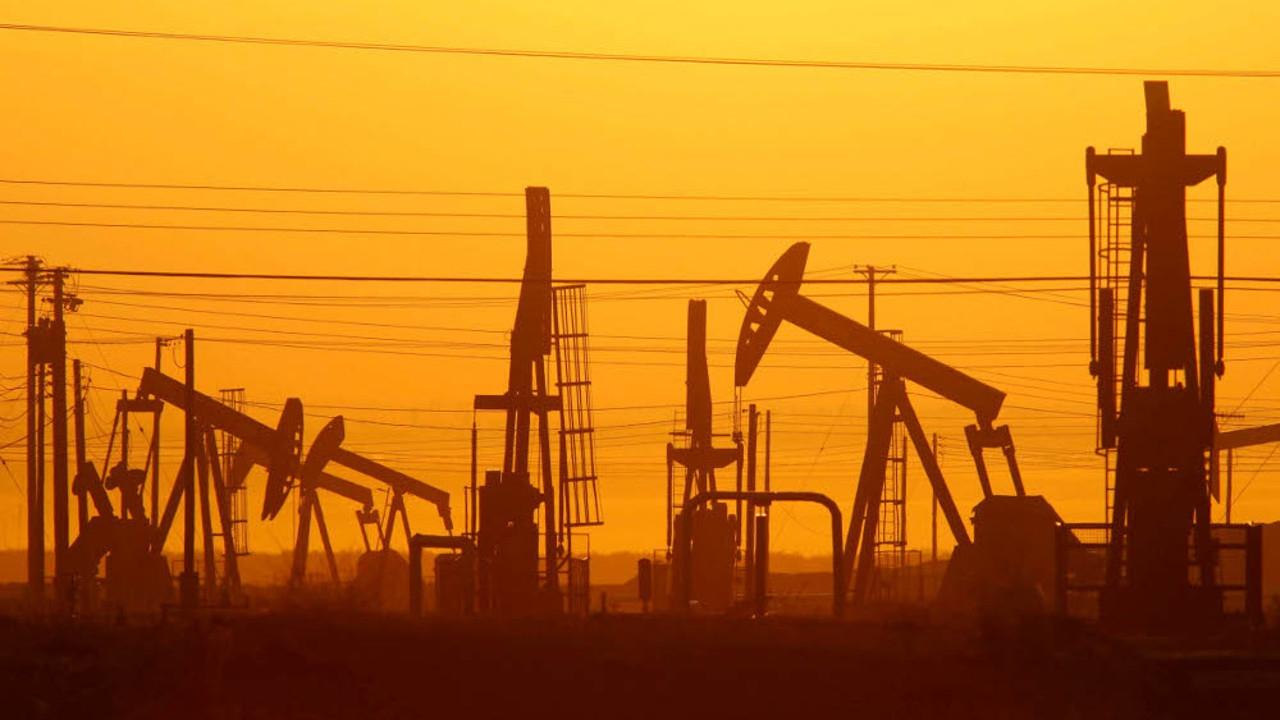Rising debt and deficits expose Australia to global shocks

The warning shot S&P fired on Thursday — it said there was a one-in-three chance it could lower the rating within the next two years — would, even if it did result in a downgrade, add only a few basis points to the cost of borrowing for governments, banks and non-bank corporates. In a world of historically low interest rates, it would be barely noticeable.
The reason S&P regards the apparently never-ending series of budget deficits and the build-up of government debt as a sign of declining credit worthiness is that, against the backdrop of the messy election outcome, it doesn’t believe there will be a serious attempt to reserve the deterioration in the country’s fiscal settings.
The ratings agency is concerned about the high levels of external debt and the size of our trade deficits, which have to be funded via borrowing offshore and therefore expose us to international debt markets. That’s why the debt and deficit challenge has to be seen, not just in domestic political terms, but as a major source of vulnerability to adverse developments elsewhere.
Australia’s isn’t the only economy that the ratings agencies are starting to have reservations about.
So far this year S & P has downgraded 16 sovereign debt issuers. Moody’s has downgraded 24 sovereigns and Fitch 14. That would tend to signal, very strongly, that there is a far wider, international, issue related to rising levels of government debt in an anaemic, at best, global economy.
Whatever one thinks of the credibility of ratings agencies, the macro picture tends to support the view that the inexorable rise in debt levels globally since the financial crisis is an increasing threat to global economic and financial stability.
Between 2007 and mid-2014 global debt rose about 130 per cent, from about $US60 trillion to $US200 trillion, or more than three times the size of the global economy. It would appear certain that debt levels have increased further since 2014. Those borrowings haven’t generated any significant growth in the global economy, nor have they produced any meaningful increase in productivity.
Thus, if debt were the underlying cause of the crisis in 2008, there’s a lot more of it today and the ratios of debt to GDP across the developed world have continued to blow out. There are more than 20 countries with debt-to-GDP ratios of more than 200 per cent.
It isn’t only the burst of ratings downgrades this year, or the rising tide of global debt, that indicate rising levels of risk with the global economy and financial system.
One of the more remarkable and disturbing developments of the latter stages of the post-crisis period is that, according to Fitch, there are now more than $US12 trillion of sovereign debt issues carrying negative interest rates — investors are increasingly paying governments for looking after their savings. That’s a dramatic indicator of perceived risk.
The central bank for central bankers, the Bank for International Settlements, has warned of a “gathering storm” in the global economy and has said that governments and their monetary policy arms have exhausted their firepower with their unconventional monetary policies for little real benefit while encouraging the build-up of unsustainable financial asset bubbles in the process.
Global financial markets are brittle and anxious. The implications of the Brexit vote were seen, in advance, to be largely confined to the UK, with potentially some moderate spillovers to the eurozone.
The reality has been that, yes, the pound has been smashed, UK bank share prices savaged, there is a run on property funds that has seen redemptions frozen by the nearly two-thirds of the sector and foreign investment appears to have simply stopped.
The impact on the eurozone, however, has also been significant. Europe’s banks have also been hammered — there is a banking and political crisis developing in Italy that has the potential to be an existential threat to the EU — and the euro has depreciated sharply as capital outflows have surged.
Globally, bond yields — already at historically ultra-low levels — have fallen to negligible levels in a panicked rush by investors towards perceived safe havens, pushing up the value of the US dollar, the yen and the Australian dollar relative to the pound and euro.
China’s yuan has also depreciated to five-year lows as its policymakers continue to struggle against slowing and arguably poor quality growth by trying to boost the competitiveness of China’s exports.
That’s not necessarily helpful to global financial and economic stability and trade relationships, given the rising tide of anti-globalisation and protectionist sentiment.
In any event, whether or not they result in another financial crisis, there are significant threats to global financial and economic stability within the current settings. Australia’s structural exposure to offshore debt markets means that we have to be acutely aware of those risks.
During the financial crisis, when international debt markets briefly shut down, we saw the impact on our banks — the conduits for the funding of the trade deficits — which were unable to borrow or refinance maturing debt and had to be guaranteed by the federal government.
That episode, as the Financial System Inquiry chairman David Murray has repeatedly said, highlighted the need, not just for our major banks to be among the most strongly capitalised banks in the world (which they are) but for the Commonwealth to have the kind of demonstrably strong balance sheet to support them if there were another crisis.
The election debate on fiscal policy between the two major parties seemingly centred on which party’s deficit would be bigger. Labor seemed to think it was a virtue that, at roughly $100 billion versus a bit over the Coalition’s $84 billion, its deficits over the forward estimates would be larger.
With an, at best, wafer-thin Coalition majority, the messy make-up of the Upper House and Chris Bowen already warning Labor will continue to vote against Coalition savings measures that were stuck in the Senate ahead of the election, the likelihood of any meaningful reduction in the deficits over the next term of parliament is remote.
That means that the risks inherent in Australia’s reliance on offshore lenders will inevitably continue to grow even as the perceived levels of risk within the offshore economies and markets, where the hazard lights are already flashing, continue to swell.





In an immediate practical sense Standard & Poor’s decision to place Australia’s rare AAA credit rating on “negative watch” this week means little. Seen in context, however, it represents a massive “wrong way, go back” sign for the politicians entering our increasingly combative and dysfunctional federal parliament.